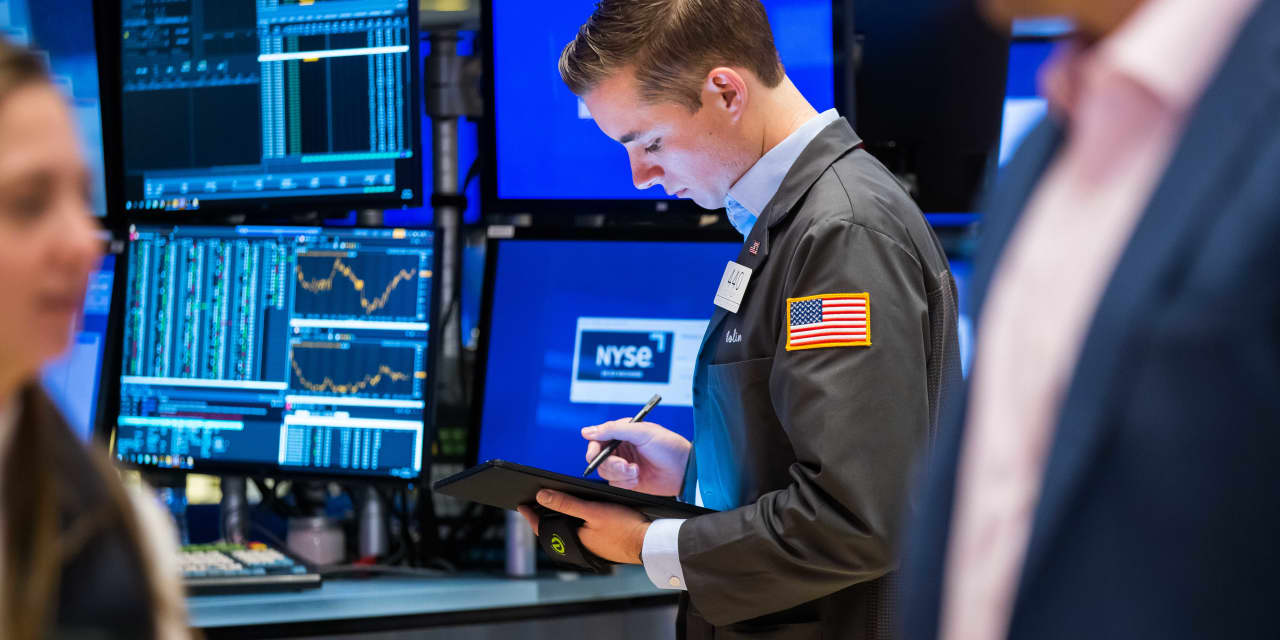The stock market just couldn’t hang onto early gains Thursday after inflation data that wasn’t all that terrible. A lot of money has gone into stocks this year, and investors are getting nervous.
Thursday, the S&P 500 tried to continue a bounce from a multi-month low earlier this month. It began the day in the green, touching about 4386 around midday. It ended the day in the red, closing at about 4350.
Inflation data, admittedly, still leaves something to be desired. The consumer price index gained 3.7% year over year for September, unchanged from August’s result. Stock investors want to see the rate of inflation decline so that the Federal Reserve can move closer to cutting interest rates. For now, the Fed is likely on track to keep rates elevated for a while to cool down the economy.
But that doesn’t fully explain why the stock market fell so harshly from its intraday high. Inflation has been more than cut in half from its 2022 peak and it’s still getting closer to the Fed’s 2% goal. The 10-year Treasury yield, while rising a touch Thursday, remains below its multiyear peak of around 4.8%.
A key reason stocks dropped precipitously is seen in the way investors have positioned their portfolios.
First of all, many have already bought a lot of stock, exposing them to the market, so they may not need to take on much more risk. The “net long position” for asset managers in S&P 500 futures is just under $800 billion right now, according to RBC. That means the dollar value of assets they own, assets that they are betting “long,” or that the price will rise, minus assets they are short, equals the current $800 billion. The long position is up from just under $400 billion near the start of this year. This shows that market participants have increasingly bet on stocks for the entirety of the year, with that demand for shares having driven the S&P 500 up double digits for the year—so a lot of managers are sitting pretty with gains this year already.
Consistent with that, cash holdings are down. To buy stocks, investors had to use up some cash. Cash is now at about 4.9% of the average equity portfolio, according to Bank of America’s survey of trillions of dollars worth of assets under management. That’s down from near 6% earlier this year. That means managers have less cash to deploy wisely and that they already own a chunk of stock. With the market now more expensive, and with risk to corporate profits as the economy grapples with the impact of higher rates, there’s just no need for investors to take on additional risk. They’re likely to do less buying in the near-term, as we pointed out in last week’s trader column.
Right on cue, the S&P 500 moved close to a level on Thursday where there has been a dearth of buyers in previous rallies. There have been four moments this year when the index hit just over 4400, but then promptly dropped. It neared that level Thursday—and then sank.
It’s going to be a rough market for a little while.
Write to Jacob Sonenshine at jacob.sonenshine@barrons.com
Read the full article here













Leave a Reply